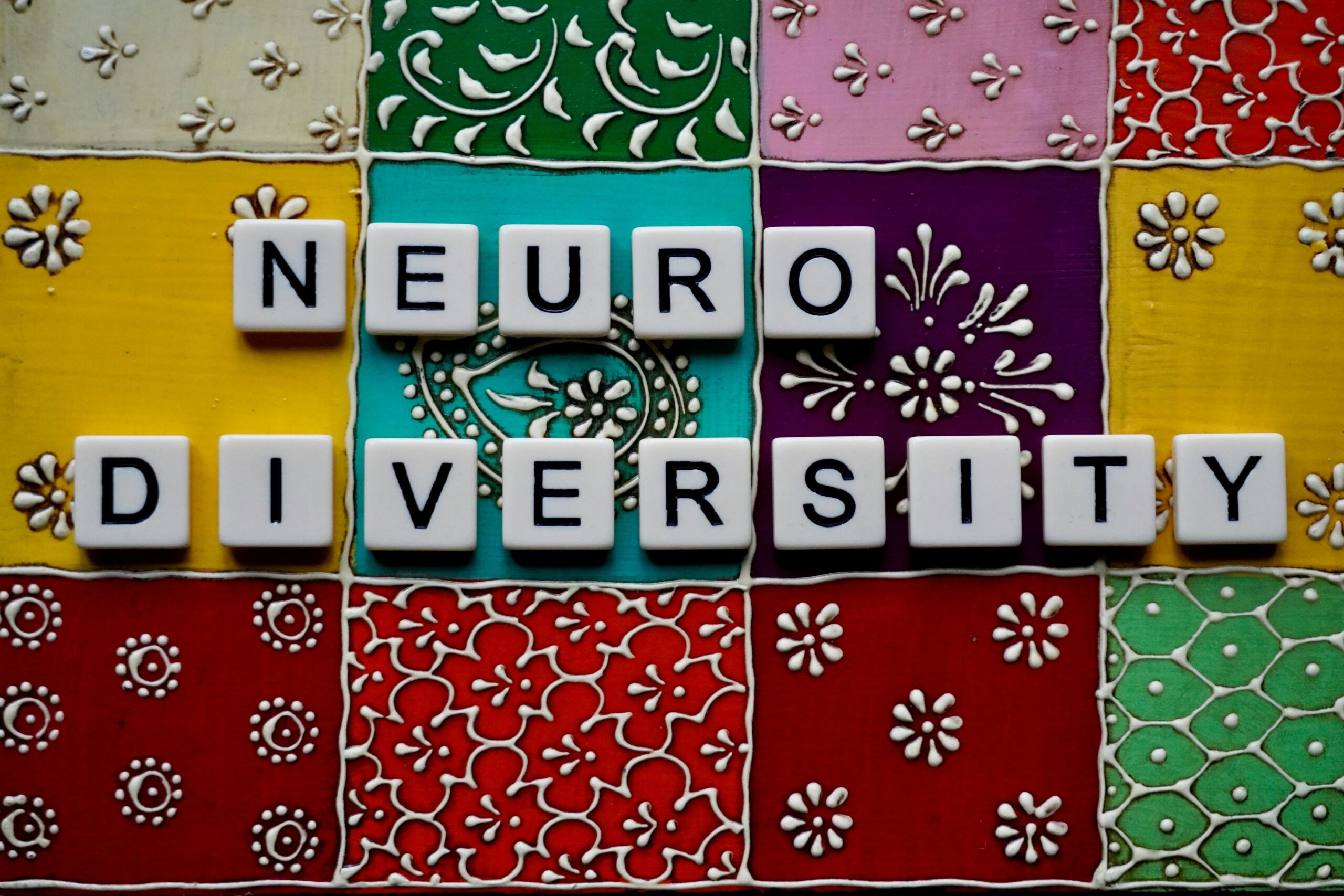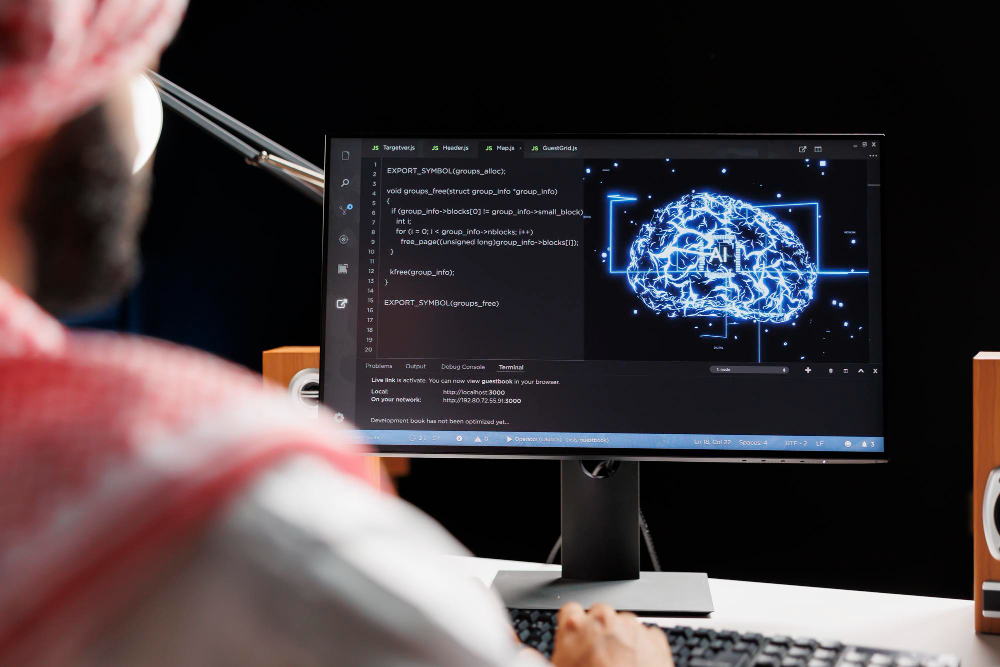Typography aims to do more than make your content look good — it shapes how people interact with it. The right typographic choices can maintain neurodivergent audience engagement. While Web Content Accessibility Guidelines (WCAG) offer a baseline, designers can go further to create readable, inclusive experiences.
The Importance of Typography for Neurodivergent Audiences
Typography is crucial for neurodivergent individuals because it is a functional part of how users process information. An estimated 10% of the global population is affected by dyslexia, so certain font and layout choices can either ease reading or cause fatigue and confusion.
Diversity, equity and inclusion (DEI) remains one of the top workplace priorities in 2025, and designers have an opportunity to support these efforts through accessible design. Prioritizing neuroinclusive typography goes beyond compliance — it signals that everyone is valued, respected and considered in the digital space.
Font Selection
Fonts can take many forms, but only some work best for readability. Simple, open and well-spaced fonts reduce cognitive load and help readers process text more smoothly. For example, Verdana is a simple and clean sans serif with wide letterforms and generous spacing, making it easy for people with dyslexia to read and understand the text.
Other neuroinclusive options include Arial, which is widely supported and has a straightforward design. Atkinson Hyperlegible is another great choice, as it was developed by Applied Design and the Braille Institute to maximize character recognition. Additionally, OpenDyslexic or Dyslexia fonts were created specifically for this condition, and they feature weighted bottoms and distinct letter shapes to prevent letter reversals.
Text Sizing and Spacing
Getting the basics right can increasingly improve readability for neurodivergent audiences. A minimum font size of 12 points ensures the text is legible. However, dyslexic readers would most likely benefit from larger ones.
Equally important is letter spacing, which you should set to around 35% of the average letter width. This prevents crowding and makes it easier for neurodivergent readers to recognize each character.
Line Length and Layout Structure
Long blocks of text can be overwhelming for any reader, especially for those who may struggle with focus or visual tracking. The ideal length is between 50 and 120 characters for every line. It offers the perfect balance between being too short and choppy and too long and strenuous.
Layout also matters. Use a lot of white space, short paragraphs and clear subheadings to break the content into digestible chunks. Bullet points and numbered lists also further support clarity. They help users process and retain information more easily.
Color Contrast and Backgrounds
While WCAG sets minimum contrast ratios, neurodivergent users often have additional needs. High contrast can create visual glare and cause discomfort. Instead, opt for soft background tones like off-white, light gray or pastel shades with dark text. Avoid placing words over busy images or patterns. It also helps to let people adjust contrast settings to fit their requirements.
Use of Symbols, Emojis and Capitalization
Visual elements can add personality but can also be confusing for neurodivergent users if overused. Stick to simple, universally understood symbols, and only use emojis when they enhance meaning.
Additionally, it is important to avoid all caps or small caps. This makes the lettering the same size, and it can be harder to read. Instead, use bold lettering to highlight important pieces of information or stick with regular case to keep the message clear and accessible.
Content Types That Benefit Most
Inclusive typography benefits everyone but has a special use case for content that demands higher comprehension and focus. The types that can benefit from tailored font decisions for neurodivergent readers include:
- Educational materials: Helps students with dyslexia, ADHD and other learning differences focus and retain information
- Health care websites: Ensures medical instructions and resources are easy to understand, reducing misinterpretation
- Government and legal pages: Improves access to vital services and rights by making complex information more digestible
- E-commerce platforms: Enhances online shopping and reduces cart abandonment by presenting options clearly
- Financial services: Assists users in making more informed decisions with well-structured, easy-to-read terms, FAQs and support documents
- Internal corporate content: Supports DEI goals by making employee handbooks, onboarding materials and training resources accessible
Designing for Every Reader
When designing for neurodivergent audiences, think beyond the accessibility guidelines and create a space that considers everyone. Small but thoughtful typography decisions can greatly impact readability, comprehension and inclusion. By putting people first, designers can build experiences that are more accessible and human.




